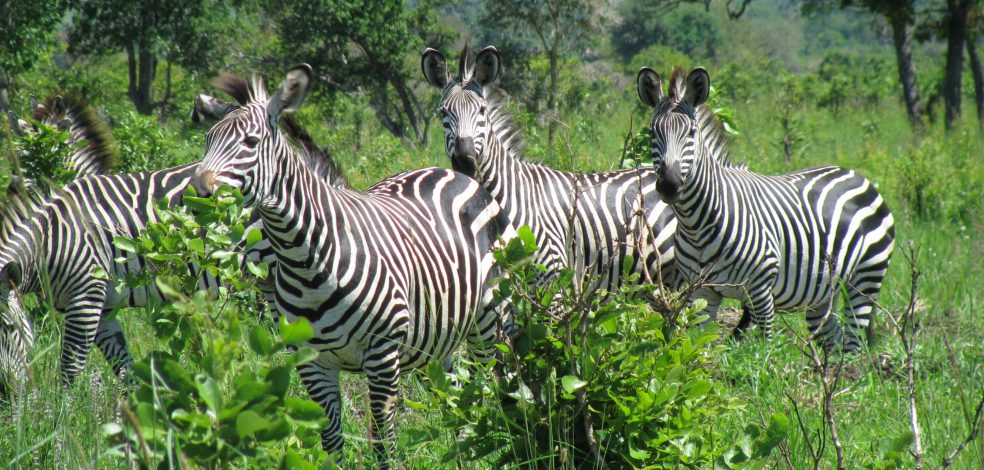As an ecology researcher, I’ve always been attracted to systems where you might be able or inclined to eat your organism after you completed your experiment or observations. Alas, I spent my research career studying spiders, dragonflies and zebrafish, all of which are high on nutrients but low on succulence. Thus I read with considerable gastronomic anticipation an article by Demian Willette and his colleagues that studied nine different species of fish served up at local sushi restaurants in Los Angeles, California.

Mackerel, salmon and tuna (front to back) served at a Los Angeles sushi restaurant. Credit Demian Willette.
One of the co-authors, Sara Simmonds, had a great idea when she was a teaching assistant for the Introduction to Marine Science course at UCLA in 2012. Simmonds suggested that students in the class could investigate whether seafood served at sushi restaurants were always what they claimed to be, or might they sometimes travel under false identities. For example, is red snapper (which does not occur in California waters) really red snapper, or might merchants substitute one of 13 rockfish species in its stead? This project allowed students to investigate a real world marine-related topic, while also getting some experience using and applying molecular genetics tools.
Over the course of the four-year study, students ordered sushi from 26 different restaurants, confirmed the species identification with the wait-staff, and collected tissue samples from each order. They then subjected the samples to DNA barcoding, which amplifies and sequences an approximately 650 base pair segment of the mitochondrial COI gene. Once they determined the DNA sequence, students then compared it with known sequences using the Basic Local Assignment Search Tool database (National Center for Biotechnology Information).
Each year, between 40 and 52% of the fish were mislabeled. Though previous studies by other researchers had identified mislabeling, Willette and his colleagues were surprised that all 26 restaurants had at least one case of mislabeling, and that the mislabeling rate was so consistent from one year to the next.

Percentage of sushi mislabelled (left y-axis – bar symbol) and number of restaurants sampled (right y-axis – diamond symbol) by year. Number in bar is sample size for that year.
Overall substitution rates varied dramatically from one species to another. All fish species, except bluefin tuna, were mislabeled at least once, and two species – red snapper and halibut – were always mislabeled. Red snapper was often replaced with red seabream, while halibut was usually replaced with flounder.

Percentage mislabeled (+ standard error) for each species in the study. Numbers above bars are number mislabeled (left) and total sample (right). For example 6 out of 47 salmon were mislabeled.
Why should we care if we’re served the wrong species of fish, as long as it tastes good? As it turns out, there are several reasons. About 33% of halibut are substituted with olive flounder, which can harbor the parasite Kudoa septempunctata, which is known to cause severe food poisoning. In addition, some of the other halibut substitutes are actually overfished flounder species, so substituting these for halibut is depleting already at-risk fisheries. Similar problems, in which an at-risk species substitutes for the mislabeled species, were common in tuna and yellowtail as well.
The researchers recommend that seafood mislabeling must be attacked at all stages of the seafood supply chain. All seafood should be labeled to species, place of origin, and the type of fishing practice used. Inspectors must be trained to identify seafood – perhaps using portable, hand-held DNA sequencers. Retailers should be told when they sell mislabeled species, so they can insist that their suppliers deliver the correct goods. Finally social media can be used to inform the public of consistent mislabeling, so consumers can pressure retailers to make sure that a red snapper is what it claims to be.
